AI-ready data centers: how to integrate design, sustainability, and people
AI’s rise demands rethinking data center design, sustainability, and workforce strategies to stay competitive.

Artificial intelligence (AI) is not new – it has been evolving for over 70 years. However, recent advancements in compute power, the rise of AI applications like ChatGPT, the emergence of Agentic AI, and real-life use cases have created a perfect storm, driving unprecedented demand for data centers.
Yet, this surge presents significant challenges for operators who must rethink infrastructure to keep up. A holistic approach to design is now essential to overcome operational inertia and ensure scalability.
I recently chaired a panel at Data Centre World 2025, where industry leaders Niklas Lindqvist, Nordics General Manager at Onnec and Stefan Nilsson, Sales & Marketing Manager at Conapto shared their insights on the future of AI-ready data centers. Here are some key takeaways from our discussion.
Designing AI-Ready Data Centers
AI investment is accelerating, but traditional data center infrastructure is struggling to keep up. Unlike conventional IT workloads, AI tools are highly unpredictable and often require immense power and cooling capabilities.
In some regions, such as Sweden, retrofitting existing sites is becoming increasingly unfeasible. Many Swedish facilities have been upgraded in recent years, making another wave of retrofits for AI impractical – both financially and spatially. For instance, AI requires increased height above racks for cooling solutions, which many legacy facilities simply cannot accommodate.
Historically, data centers were designed for moderate-density, air-cooled environments, but AI demands high-density solutions with hybrid cooling methods. Operators must rethink their design philosophy, to ensure that new builds can support liquid cooling and other innovative technologies. Without this shift, retrofitting will remain costly, slow, and ultimately ineffective in supporting AI growth.
The Need for a Holistic Design Approach
A successful AI-ready data center must integrate both traditional and AI-specific infrastructure under one roof. Flexibility and scalability are paramount here. AI-ready facilities must accommodate a range of workloads, from low-density racks to 100kW+ liquid-cooled deployments. This is where a modular approach is key. Operators must be able to expand incrementally by adding power and cooling modules as demand grows. This strategy helps to align with customer-specific hardware needs and avoids unnecessary upfront costs.
Operators must embrace a holistic design mindset. Power, cooling, and cabling cannot be treated as separate components – they must be integrated from the outset. Poor planning leads to capacity constraints, delays, and costly modifications.
There is also a need for an “inside-out and outside-in” approach: operators must first understand computing needs and design the data center accordingly, while also considering space constraints and facility requirements. High-quality cabling is another crucial yet often overlooked element.
Many operators prioritize speed to market and opt for second-tier cabling, but this short-term gain results in long-term operational headaches and frequent retrofits. Hyperscalers invest heavily in structured cabling strategies, and colocation providers must follow suit to remain competitive.
Sustainability: The Industry’s Biggest Challenge
Sustainability remains the most pressing issue facing the data center industry. Simply acquiring renewable energy certificates is no longer enough – operators must actively reduce their carbon footprint. One major consideration is location. Many data centers in the Nordics are built in remote areas where excess heat cannot be effectively utilized.
In contrast, urban data centers offer opportunities to contribute to local infrastructure, turning AI into part of a circular economy. Many Swedish data centers are integrated with Stockholm’s district heating network, selling excess heat back to the city. This approach is made even more efficient with liquid cooling and internal cooling loops that ensure sustainability without compromising operations.
Regional climate also plays a role in determining the best cooling strategies. For example, in southern Europe, where temperatures remain high year-round, immersive cooling systems may be more effective than traditional liquid cooling. Best practices in sustainability extend beyond cooling solutions.
Operators must prioritize genuine renewable energy sourcing, heat reuse initiatives, and battery storage solutions that enhance grid stability. Sustainability must be embedded in every stage of AI data center design – treating it as an afterthought will only lead to inefficiencies and missed opportunities.
The Human Factor: Skills, Safety, and Community Engagement
As AI data centers boom, the demand for skilled professionals in power, cooling, and infrastructure design is outpacing supply. This skills gap presents a serious challenge, as AI facilities require expertise in handling high-power densities, advanced cooling systems, and complex network architectures. Undertrained workers in these environments pose significant operational risks.
The rapid pace of AI-driven expansion also increases workplace safety concerns. Shortened build timelines can lead to accidents if proper safety protocols are not enforced. Proactive risk assessments, rigorous documentation, and meticulous planning are essential to maintaining a safe working environment. Operators today must prioritize worker safety as much as they do technological innovation.
Community engagement is another critical aspect often overlooked. Data centers frequently face local opposition due to misconceptions about their environmental impact and perceived lack of community benefits – think ‘not in my backyard’. To counter this, operators must take an active role in educating the public about their role in digital infrastructure, sustainability efforts, and economic contributions.
Keeping Up with the AI Race
The rise of AI is transforming data center demands at an unprecedented pace, requiring operators to adapt quickly, and smartly. Meeting these challenges isn’t just about scaling up power and cooling; it’s about rethinking the entire approach to design. AI-ready data centers must be built with flexibility, efficiency, and resilience at their core, ensuring they can evolve alongside fast-moving technological change.
Success will depend on more than just infrastructure – it will require a shift in mindset. Operators who invest in integrated, sustainable designs, prioritize skills development and safety, and engage with local communities will be best positioned to thrive in the AI era. Those who fail to take this holistic view risk falling behind in an increasingly competitive landscape. The AI race is on – and the data centers that power it must be ready to run at full speed.
We list the best web hosting services.
This article was produced as part of TechRadarPro's Expert Insights channel where we feature the best and brightest minds in the technology industry today. The views expressed here are those of the author and are not necessarily those of TechRadarPro or Future plc. If you are interested in contributing find out more here: https://www.techradar.com/news/submit-your-story-to-techradar-pro





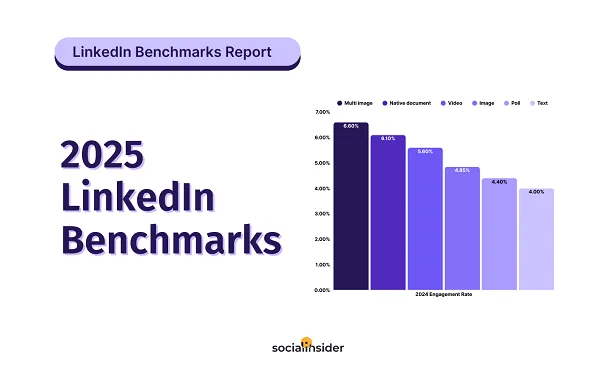
























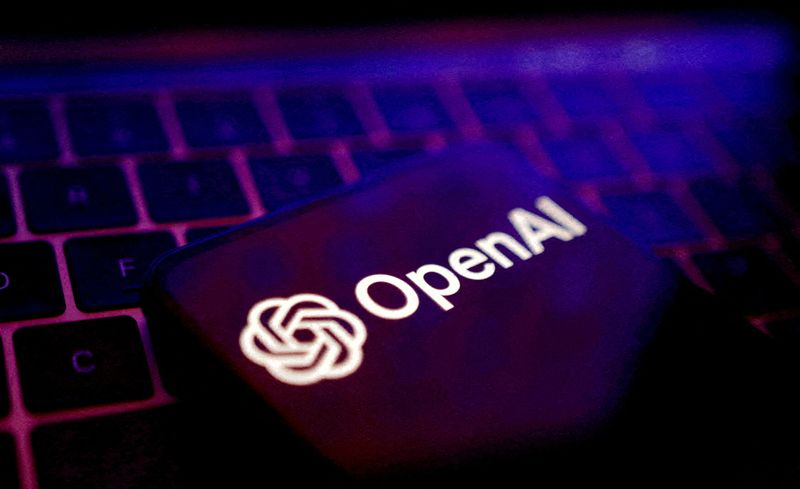









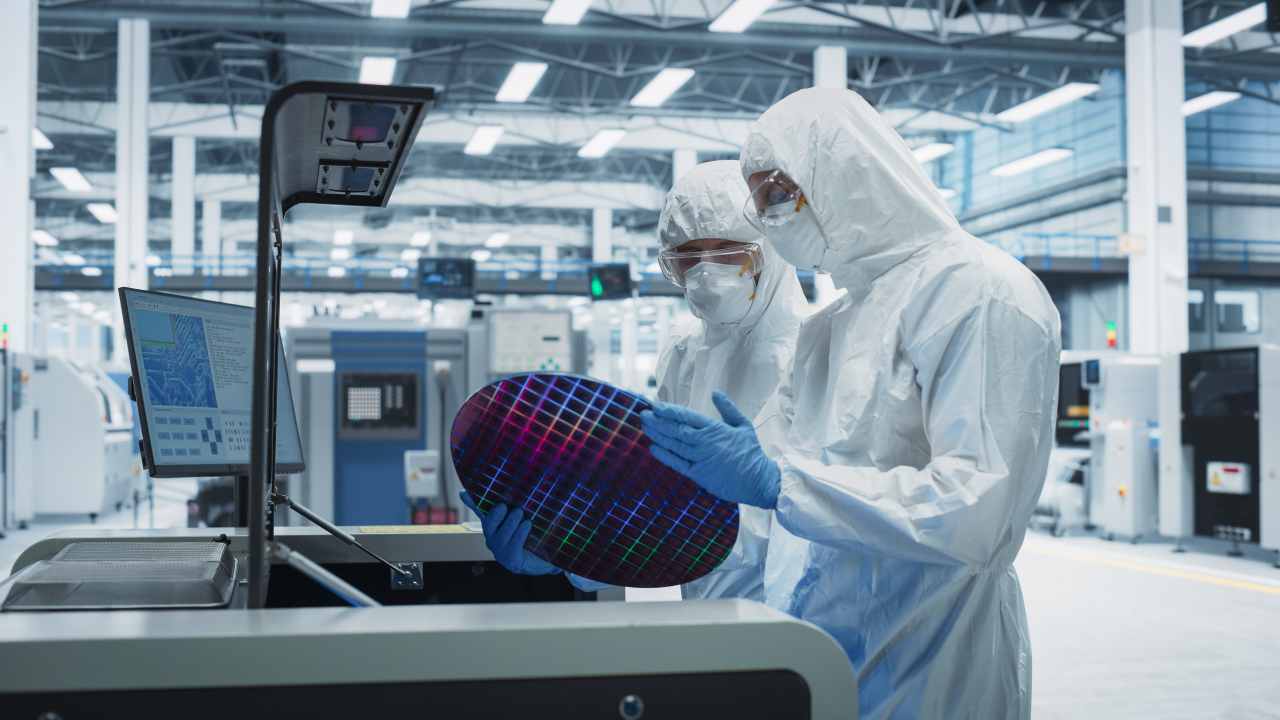


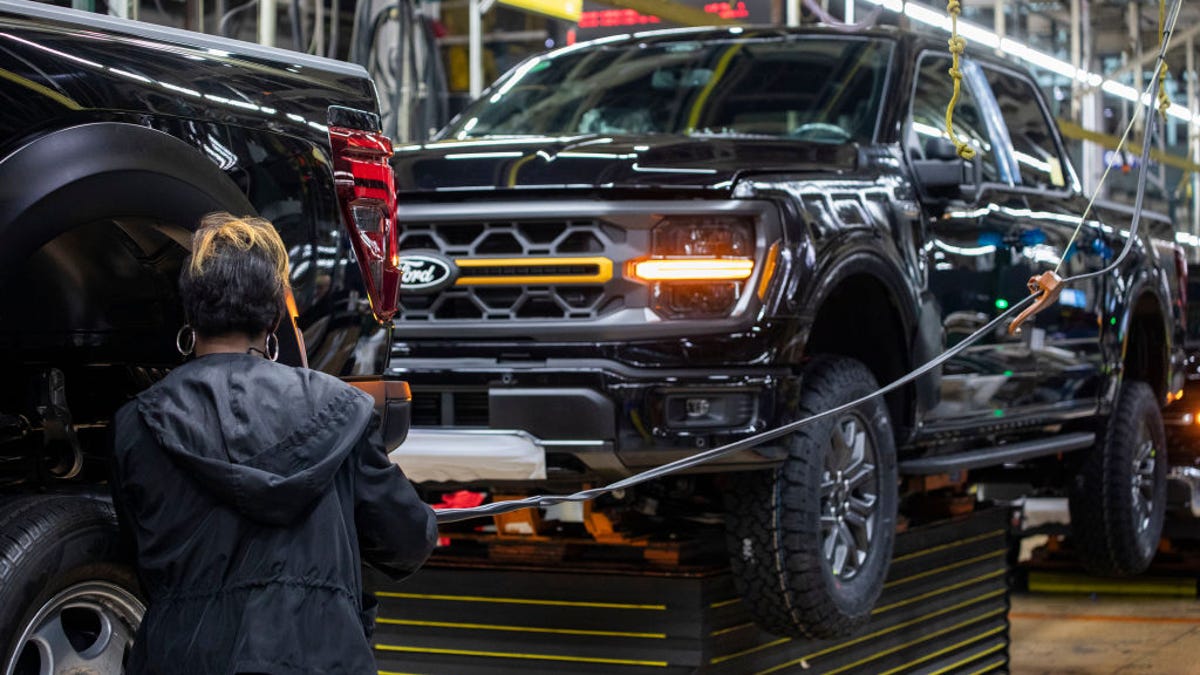
























































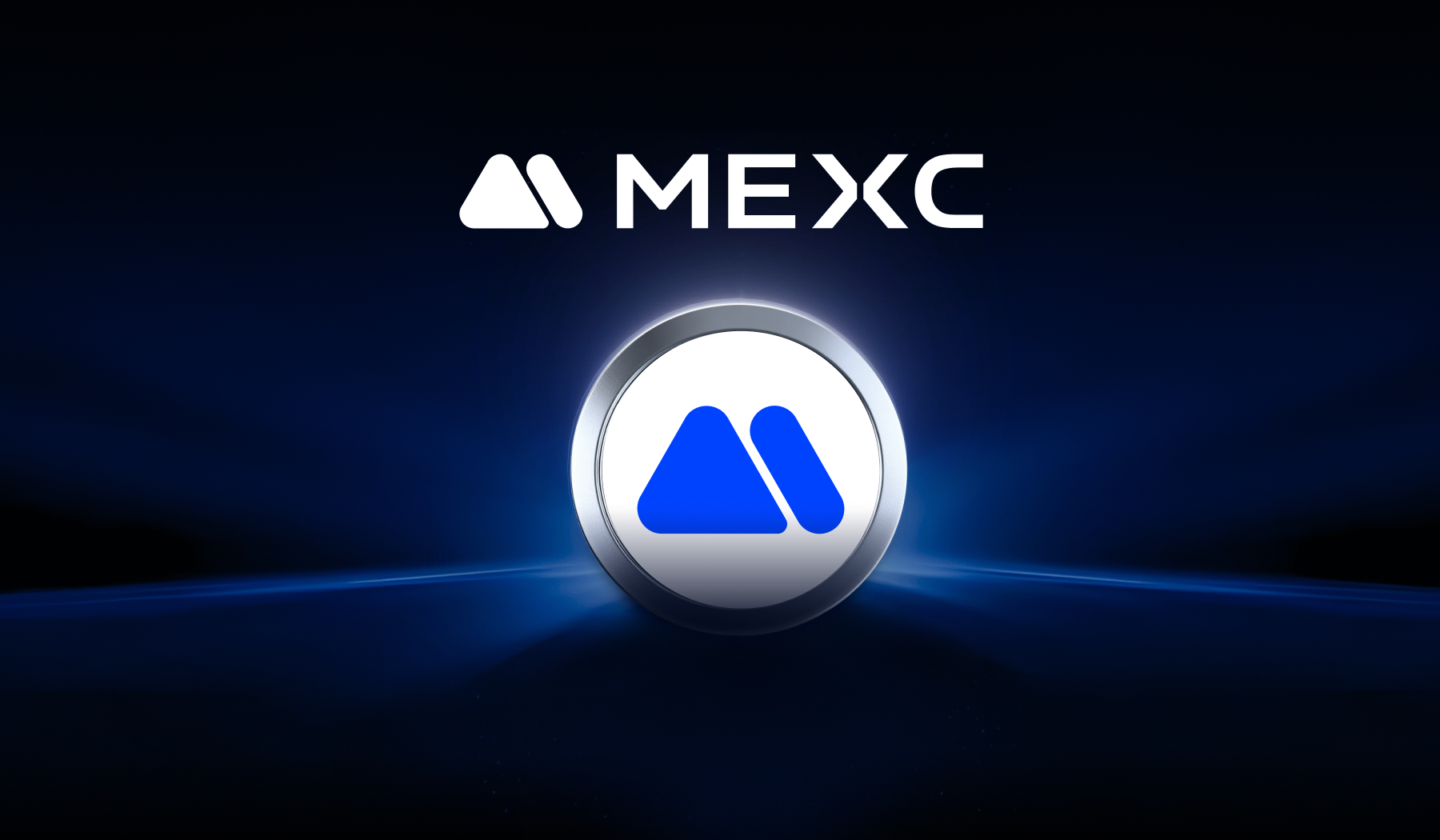

































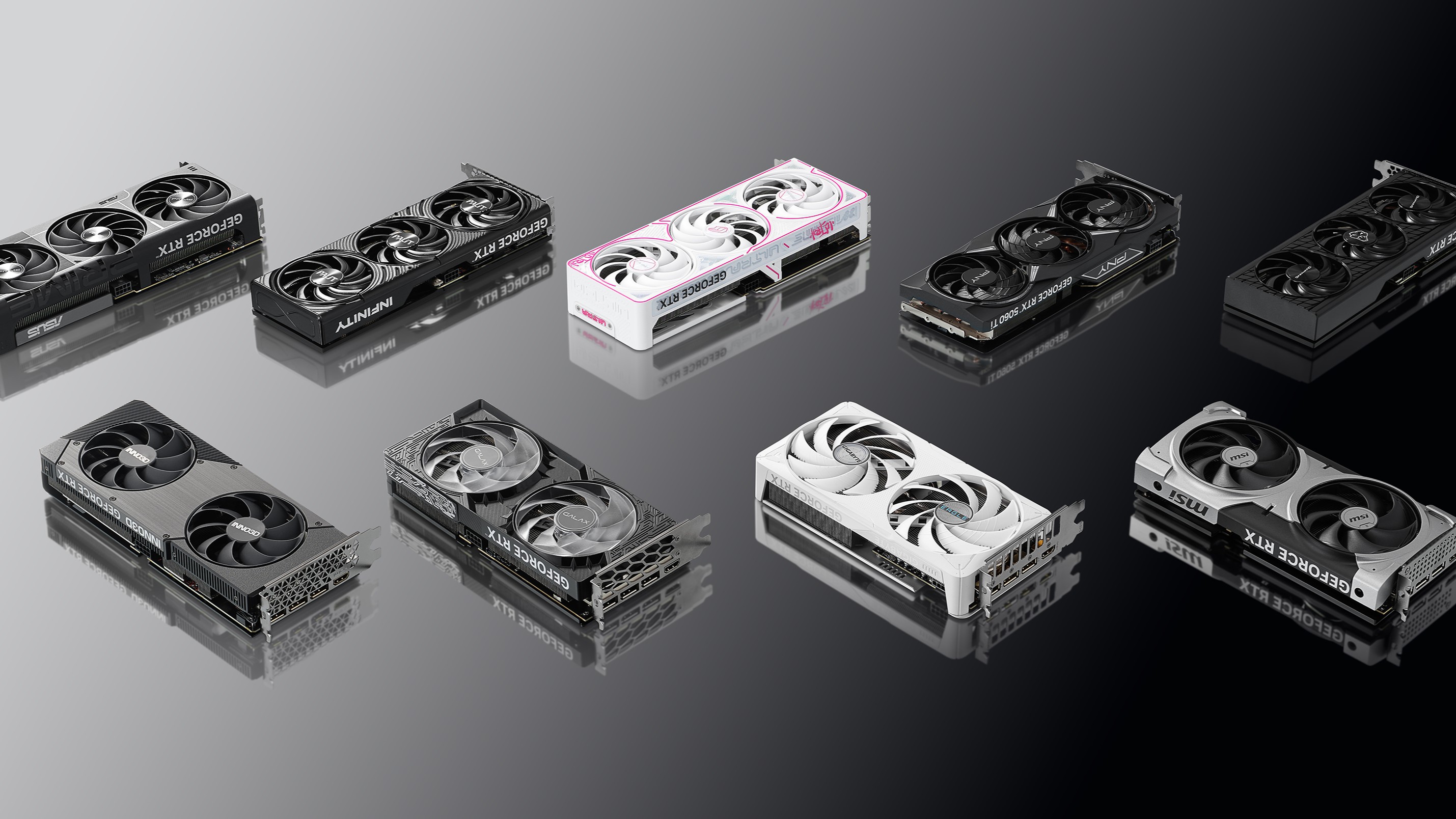












































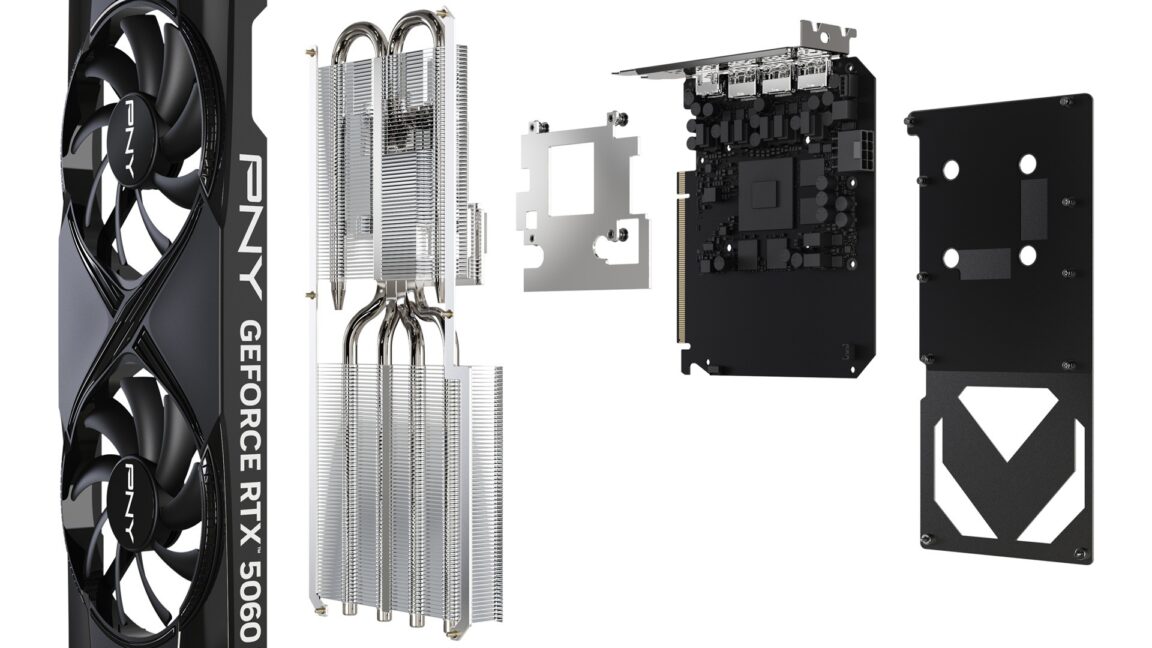
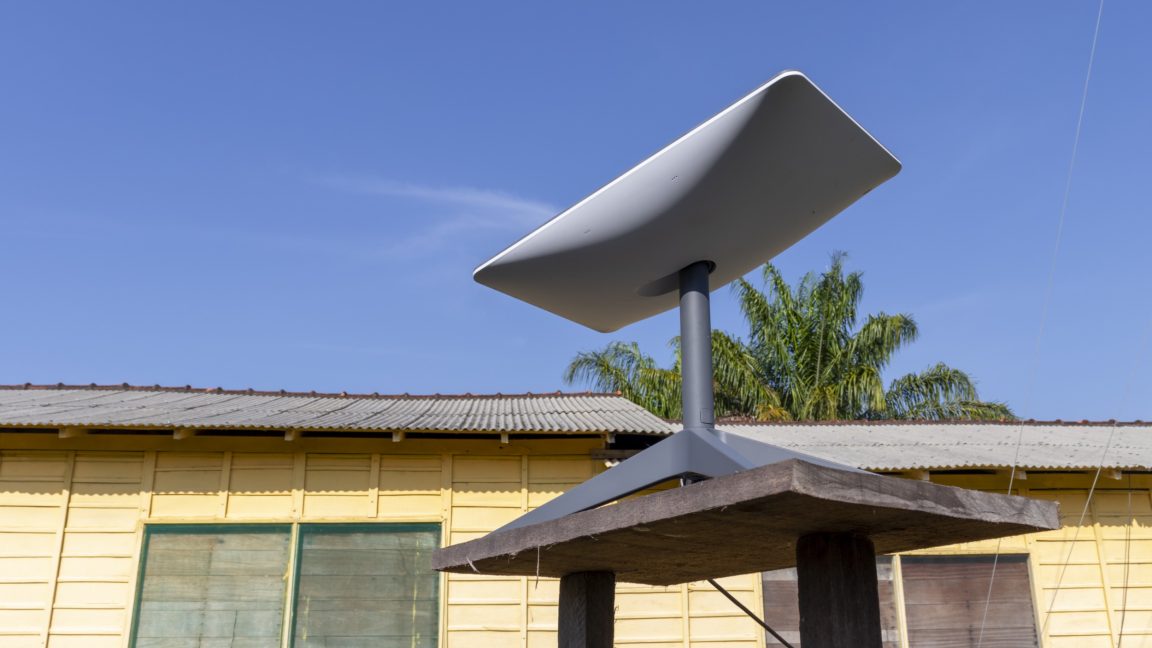


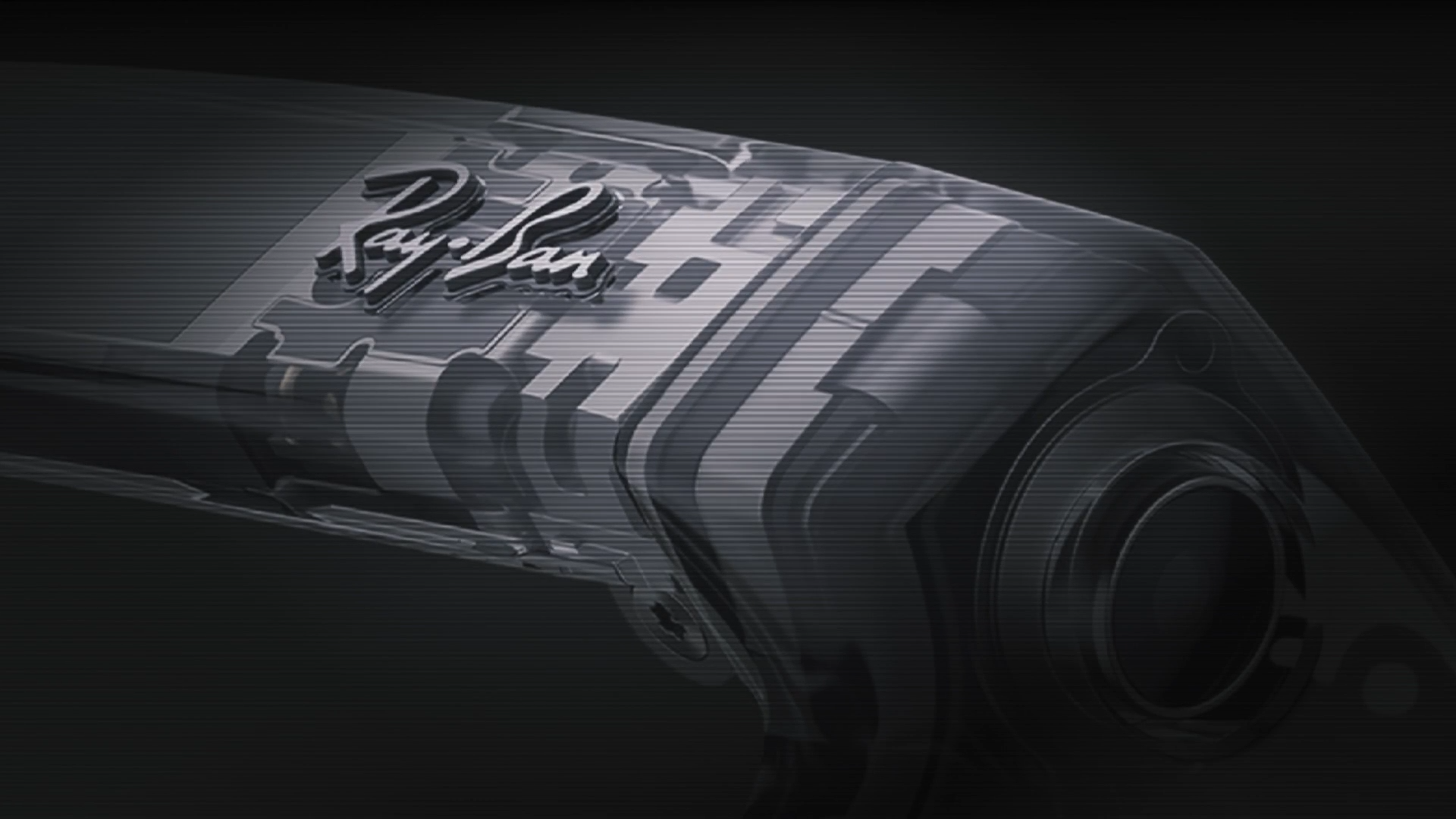


![How to Find Low-Competition Keywords with Semrush [Super Easy]](https://static.semrush.com/blog/uploads/media/73/62/7362f16fb9e460b6d58ccc09b4a048b6/how-to-find-low-competition-keywords-sm.png)



